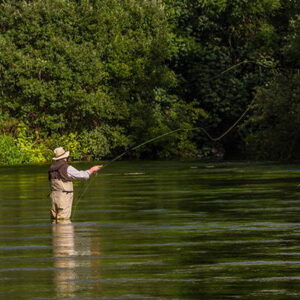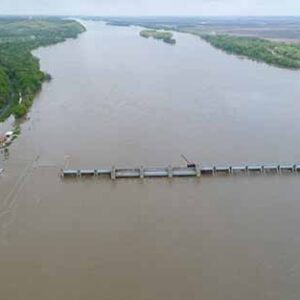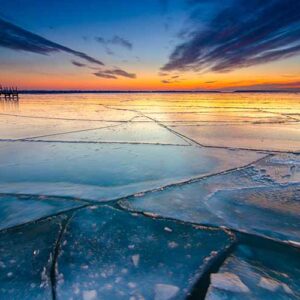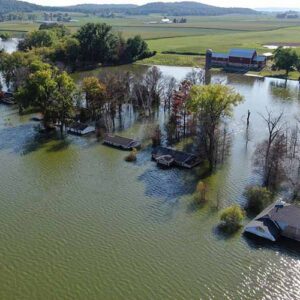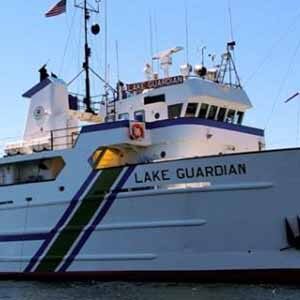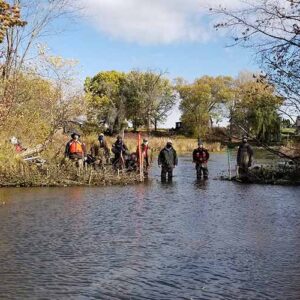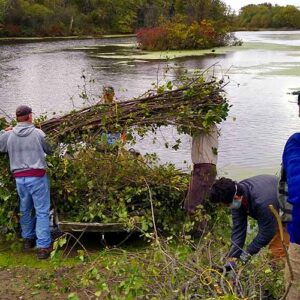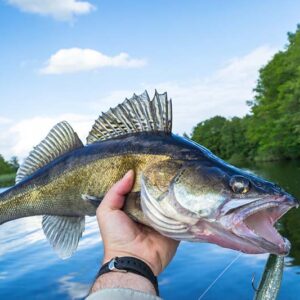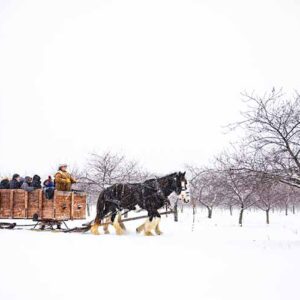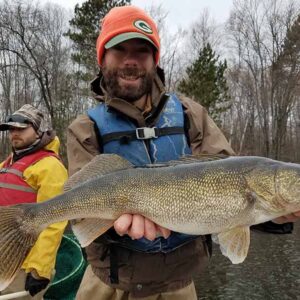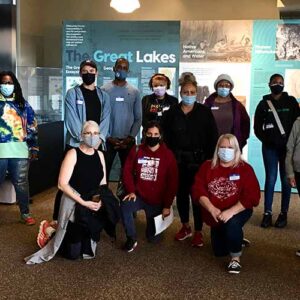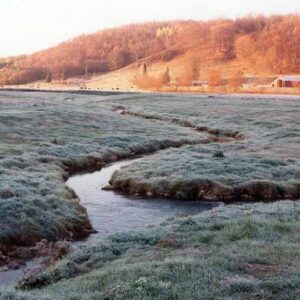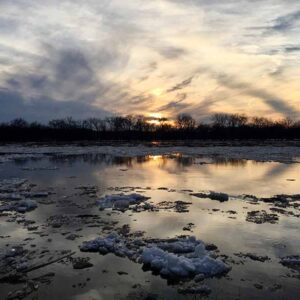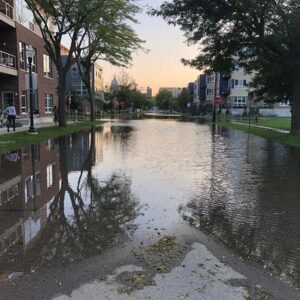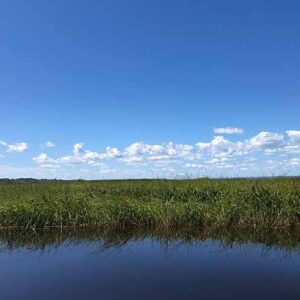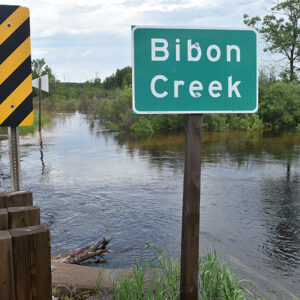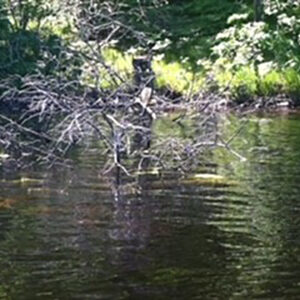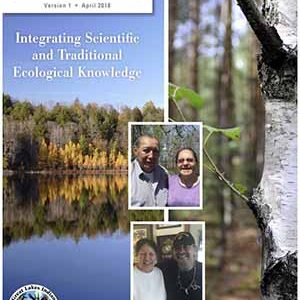Big cultural shifts are needed to protect Wisconsin’s water resources
Wisconsin industry, communities, plants, wildlife, and fisheries depend on the quality of our 84,000 miles of rivers and streams, 15,000 lakes, 5.3 million acres of wetlands, and groundwater resources. The Mississippi River and two Great Lakes, Lake Superior and Lake Michigan, border Wisconsin, providing 1,000 miles of Great Lakes coastline. These water resources add to our economy and provide unique natural resources. We are already seeing major impacts to these water resources because of climate change.
Summary of the Issues
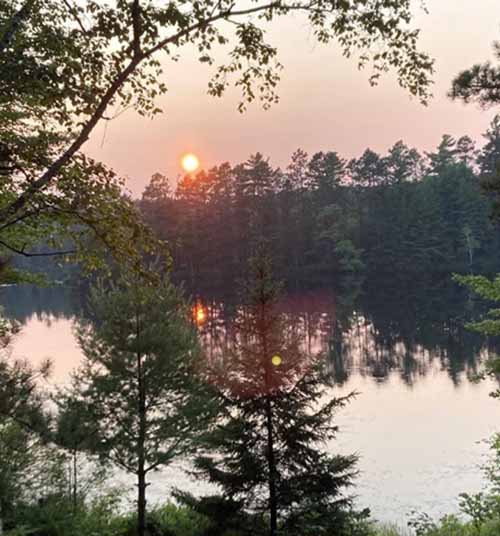
Water Resources
Warming temperatures and changing precipitation patterns are leading to more harmful algal blooms, reduced water quality, changing aquatic ecosystems, loss of ice cover, alternating periods of flooding and drought. Despite these challenges, steps can and are being taken to make Wisconsin’s water resources more resistant and resilient. Our expectations and regulations for managing the areas around our lakes, rivers, and wetlands need to shift to accommodate this rapidly changing climate.
Fisheries
Fishing is an important part of the culture and economy in Wisconsin. Lakes, streams, and rivers provide vital tribal subsistence, commercial, and recreational fisheries worth nearly $2 billion annually to the state. As water temperatures warm, the fish species that can live in our waters will change. More frequent extreme storms and heat events are already damaging fish habitat and stressing fisheries. These impacts will intensify as the climate continues to warm.
Great Lakes
Wisconsin is bordered by two Great Lakes, Lake Superior to the north and Lake Michigan to the east. It is hard to overstate how influential the Great Lakes are to the region. They not only sup-port the local economy; they also greatly influence the weather. The area along the Great Lakes is warming faster than the general pattern of warming across the state, leading to physical changes to the Great Lakes that are already being felt. Water level fluctuations, changes to water temperature and lake mixing, and ice cover changes are impacting coastal land, habitats, water quality, and iconic species like walleye and wild rice.
Mississippi River
Climate change is increasing variability in river flows in the Mississippi River. In high water years, the excessive volume of water damages infrastructure and significantly reduces the reliability of river transportation. Natural resources like aquatic plant populations, a critical food source for hundreds of thousands of migrating waterfowl, and floodplain forests have suffered. High water years also increase the delivery of sediment and nutrients to the river and backwater areas, which increases the prevalence of harmful algal blooms and contributes to the expansion of the Gulf of Mexico hypoxic zone.
The risk to natural communities is particularly acute for tribes in northern Wisconsin. The wild rice beds, fish, and wildlife that are an important part of their culture and provide them with food security are stressed by the change in climate.
Key Points
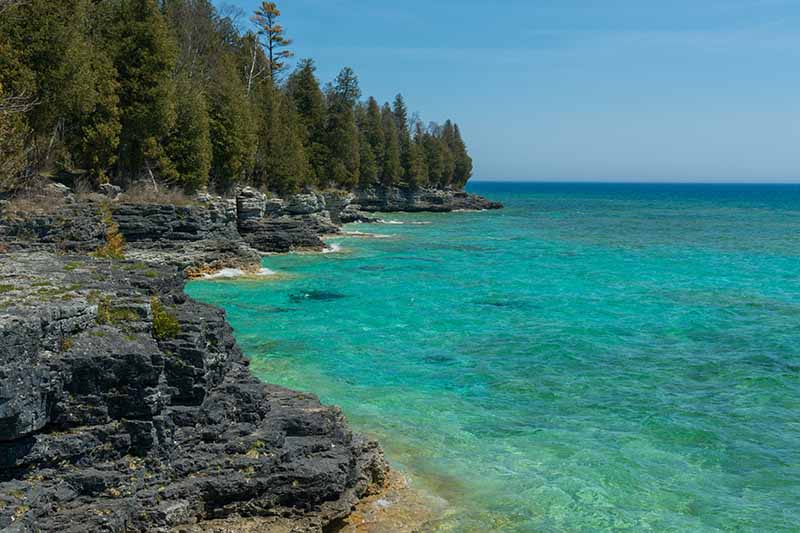
Water Resources and Ecosystems Are Changing
Warming temperatures and changing precipitation patterns are decreasing water quality and changing aquatic ecosystems.
Tribes Will Be Impacted
Warmer water temperatures and increasing variability in ice on and off dates, duration and thickness are changing the fish species that can live in Wisconsin’s waters. Cool- and cold-water fish are particularly at risk. Loss of these resources will have spiritual, cultural, and health impacts to Wisconsin’s 11 tribes and other subsistence fishers.
Great Lakes Changes Will Affect Recreation and Infrastructure
Warming waters in the Great Lakes are impacting lake ecology, fisheries, and water-quality based recreation. Both increasing precipitation and drought are leading to extreme lake level fluctuations in Lake Superior and Lake Michigan that impact both habitats and structures built along the lakeshore.
Mississippi River Seeing Impacts to Habitat
A wetter climate is increasing the volume of water flowing in the Mississippi River and impacting critical backwater habitat and recreational fishing opportunities.
Solutions
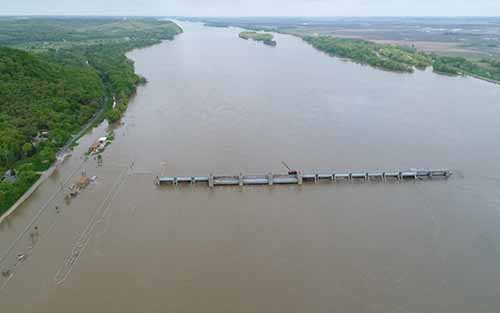
Manage watersheds to reduce flood hazards and slow sediment and water movement in tributaries.
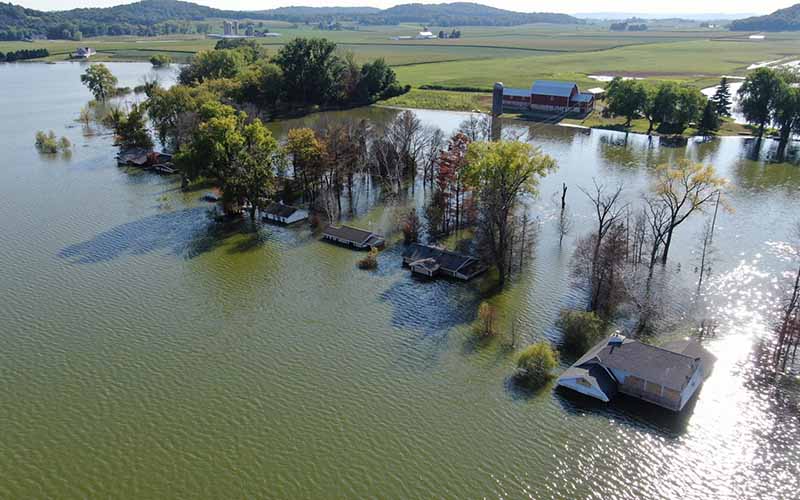
Invest in flood risk reduction practices and pre-disaster mitigation programs that help communities address local flood risks and avoid catastrophic losses.
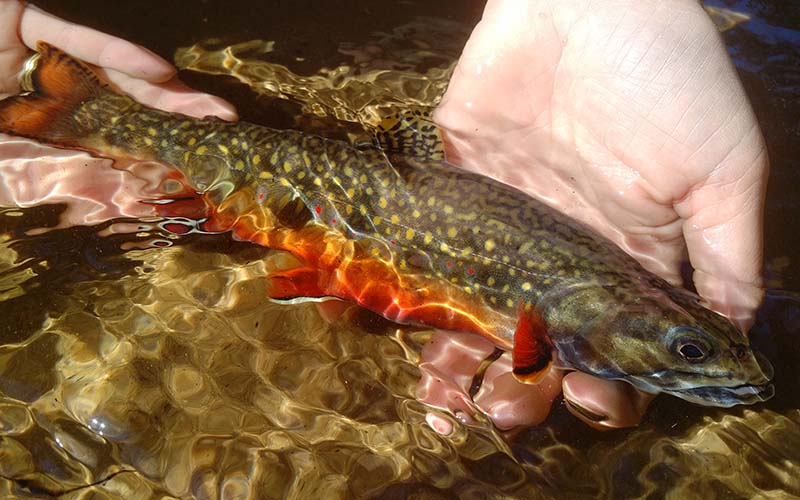
Manage fisheries and make them more resilient to climate impacts by preventing overharvest, protecting productive populations, and preserving stronghold populations of brook trout and other important fisheries.
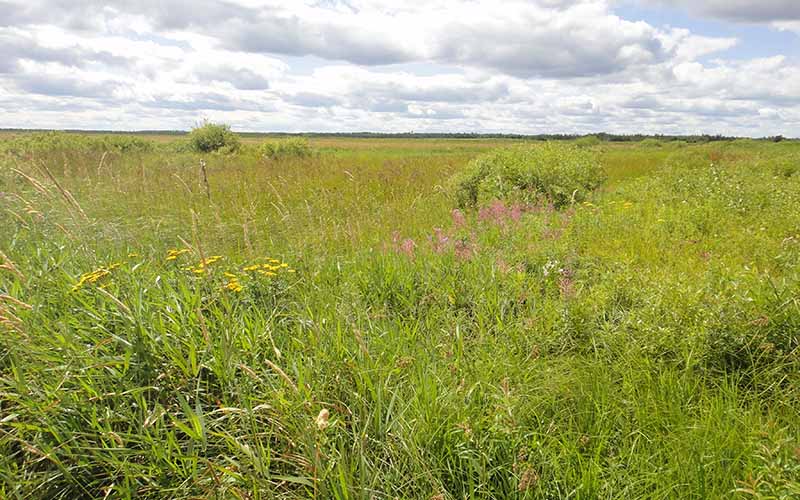
Conserve water and encourage water infiltration to reduce the impact of both droughts and floods.

